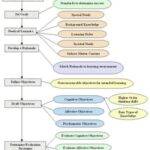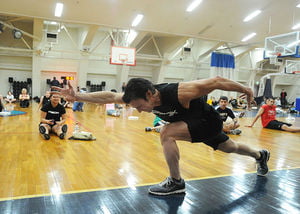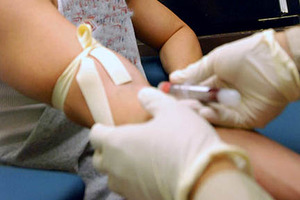Classroom management is an on-going learning process for any teacher, but especially for a special education teacher. There is a vast difference in how my classroom operates now as opposed to my first year of instruction. Fortunately, I have incredible, veteran teachers who have volunteered to mentor me in my career and through them I have learned how to implement the following strategies which have made my classroom successsful. The following are four strategies that I can say made the biggest difference in my special education classroom.
Applied Behavior Analysis
Applied Behavior Analysis is simply the study of behavior. My ability to manage a classroom changed dramatically as well as my stress level. I am now able to remove myself from the behavior equation as the choices are made by the student. ABA teaches you to look at what may be causing the student’s behavior. Are they reacting to something in their environment? Are they trying to escape doing an activity or is this simply an attention seeking behavior. Once you have identified what is being accomplished with the behavior, you have greater control over the situation. It also helps me to remember how important motivation is to students. It is amazing how hard my students will work, many times for something as simple as a high five and verbal praise.
Think about it, would you show up everyday if there was not a paycheck? My day is not filled with constant redirection and empty threats, instead, it is filled with high-fives and “good jobs”. Look for trainings in ABA in your area. They are usually offered through autism support groups and will totally change the way you view your students’ behaviors.
Bellringers
Many teachers feel like a bellringer in a life skills classroom would be impossible. However, I can not begin to tell describe the difference it has made in my classroom. First, it benefits my students. One of the main goals you want with any life skills student is for the individual to be able to function as independently as possible. When they graduate and have jobs, they will most likely have a procedure they will follow in order to check in for work. That was the goal of my bellwork. They had a procedure and I wanted to see if they could follow it without reminders. My bellringer is for the students to come into the classroom, wash their hands (added due to swine flu), get a pencil and science journal and copy the science word of the day and definition.
What did that do for my classroom? Well, several things. First, it gave me a few minutes to take care of classroom business. Secondly, when I was ready to begin instruction, my students were seated, and ready with their supplies so we could begin class. The last benefit I have discovered with my science journals is that I have a backup record of my student’s attendance. There have been several times that I have needed to go back and double check a students attendance and I can check by the science journal.
Procedures for Everything
Sit down and think of a procedure for how everything should be done in your classroom. Think about whether your students are going to have assigned seats or if they can change seats every day. How and when can they sharpen their pencil, get a tissue, go to the restroom, and throw away the trash. Remember, if you do not decide what the procedure is, the kids will. While you might have the patience for the dramatic basketball toss into the trash can in September but it just might be the thing that pushes you over the edge in April.
You are also preparing the students for a vocational setting. At a job, they will have to follow rules, procedures and guidelines, so showing them the benefit of following the rules in your classroom will better prepare them for accepting procedures at a job site. Be sure to spend plenty of time in the beginning of the year practicing exactly what you want each procedure to look like. It might even mean you break the procedure into individual steps or provide a visual schedule of the procedure for certain students.
Skill Building Center
I took a couple of weeks at the beginning the year to begin a skills building station. This center is simply a shelving unit with plastic tubs from the dollar store. I have approximately 12 tubs in my station. I identified skills that I wanted my students to practice throughout the year regardless of the topic we are covering at the time. I teach science so I have a box for classifying organisms, sorting, and measuring items. Several of the boxes also have independent living skills with visual and written directions such as make the bed, load the dishwasher or a visual direction for making a simple snack. Comb through your student’s Individual Education Plans (IEP) and look at your state standards for ideas for the skills you choose to focus on.
The boxes are also tiered so that some of the activities are higher level and others are lower level. File folder activities, simple worksheets, Boardmaker activities and graphic organizers all make great items to rotate among the boxes. These boxes come in handy as an activity for a student who finishes their work early, called an anchor activity. They have also saved the day when I was unexpectedly absent. My substitute plans were simply an assignment for the students to rotate among the stations. Most importantly, it ensures that my students are constantly practicing skills.
I spent a few weeks in the summer preparing these items, but in the end, they proved to be a huge time saver for me because I did not have as much wasted time in the classroom. If you are beginning your career as a teacher, then take some time this summer and be prepared so that you have the time and energy to enjoy your profession. It is extremely rewarding.
Source: Personal Experience





